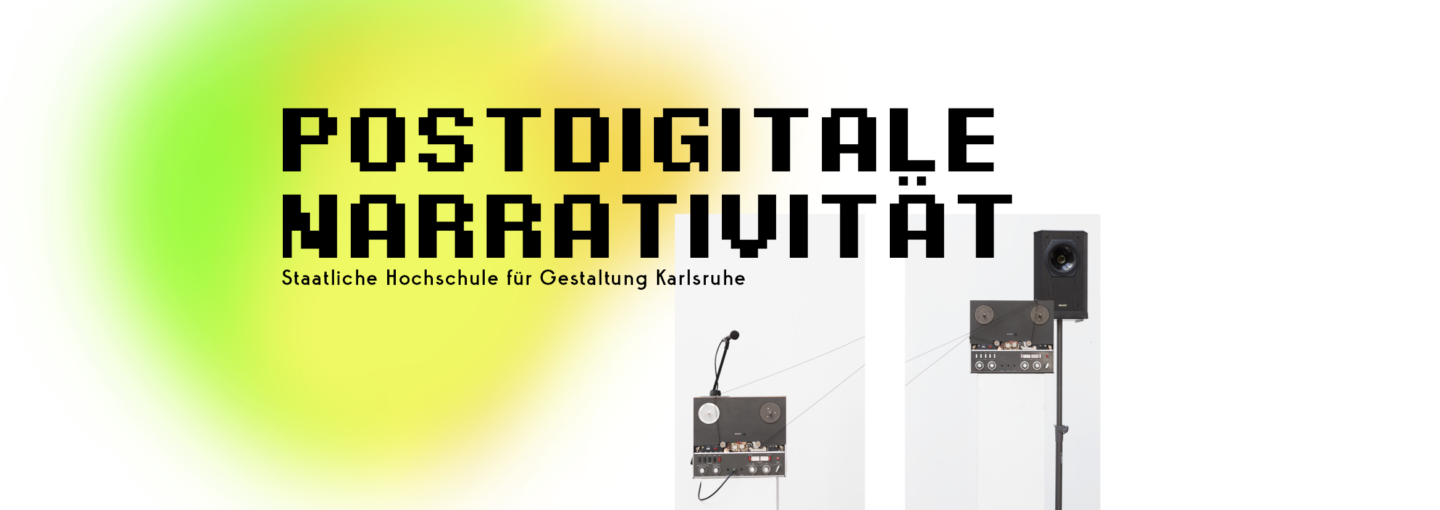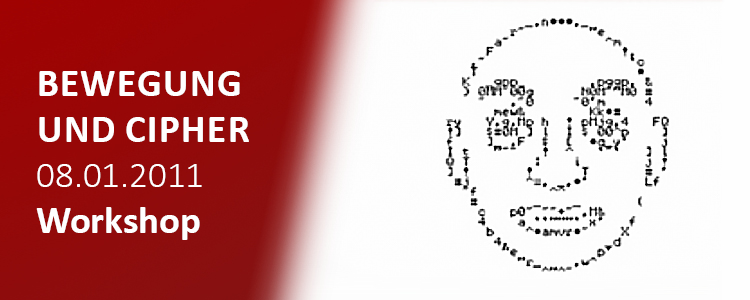18:15 Mel Alexenberg – TorahTweets4M&M@
TorahTweets4M&M@52
The Book of Creation (SePheR Yetzirah), the oldest of kabbalistic texts, begins: “The universe was created with three SePhaRim, with SePheR (form), with S’PhaR (quanity), and with SiPuR (narrative).” The SPR root of the Hebrew word for narrative has emerged in the word for SPiRal in many languages, ancient and modern, and in the English words SPiRitual and inSPiRation. The biblical narrative continues to be written by scribes in a spiral scroll form, a SePheR torah, following a millennia old tradition.
Midrash is two thousand years of creative narratives designed to elucidate the biblical narrative. It takes the biblical narrative and spins out tales that read between the lines of the biblical text and that reveal messages hidden in the white spaces between the Hebrew letters. These inspirational stories form a vast literature illuminating biblical texts from countless alternative viewpoints. Postmodern art provides media and contexts in which traditional story telling can be transformed from a verbal activity into visual one. Postdigital narrative art is visual midrash.
My artwork for the past four decades has been visual midrash, personal narratives that explore interrelationships between art, science, technology, and Jewish consciousness. The blog particularly lends itself to creating unfolding narratives for a networked world. My current blogart project is a collaborative artwork being created with my wife, artist Miriam Benjamin, in celebration of our 52nd year of marriage. We were married motzei Simhat Torah, the Jewish holiday when the torah scroll is rewound to begin the annual cycle of reading it. During each of the 52 weeks of our 52nd year, we will post six photographs reflecting our life together with torah tweet captions that relate the weekly torah reading to our lives, past and present. People worldwide are invited to follow our postdigitial narrative “TorahTweets4M&M@52” at http://torahtweets.blogspot.com.
 Mel Alexenberg is an artist who creates artworks at the interface between art, science, technology, and culture. His artworks explore interrelationships between postdigital narratives and Jewish consciousness, space-time systems and electronic technologies, blogart and wikiart, participatory art and community values, high tech and high touch experiences, and responsive art in cyberspace and real space.
Mel Alexenberg is an artist who creates artworks at the interface between art, science, technology, and culture. His artworks explore interrelationships between postdigital narratives and Jewish consciousness, space-time systems and electronic technologies, blogart and wikiart, participatory art and community values, high tech and high touch experiences, and responsive art in cyberspace and real space.
Born in New York, Alexenberg earned degrees at Queens College, Yeshiva University, and New York University (interdisciplinary doctorate in art, science, and psychology). Alexenberg is Head of the School of the Arts at Emuna College in Jerusalem and Professor Emeritus at Ariel University. He was Professor and Chairman of Fine Arts at Pratt Institute, Professor of Art and Education at Columbia University and Bar Ilan University, Research Fellow at MIT’s Center for Advanced Visual Studies, and Dean of Visual Arts at New World School of the Arts, University of Florida’s arts school in Miami. He lives with his wife, artist Miriam Benjamin, in Petah Tikva, Israel.
He is the author of the books: The Future of Art in the Postdigital Age: From Hellenistic to Hebraic Consciousness, Educating Artists for the Future: Learning at the Intersections of Art, Science, Technology, and Culture, Dialogic Art in a Digital World: Judaism and Contemporary Art (in Hebrew), Aesthetic Experience in Creative Process, and with Otto Piene, LightsOROT: Spiritual Dimensions of the Electronic Age. He has contributed chapters to the books: Digital Visual Culture, Interdisciplinary Art Education, Semiotics of Visual Culture: Sights, Signs, and Significance, and Community Connections: Intergenerational Links in Art Education.








